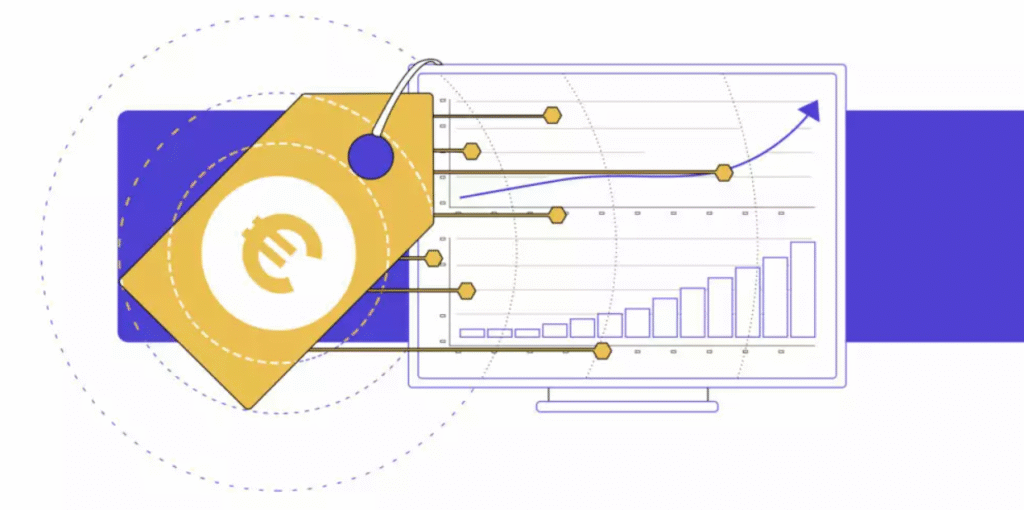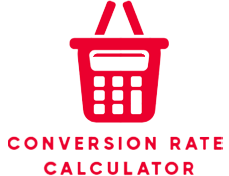Let’s be honest — generating leads feels great. But if they’re not turning into sales, something’s off.
Whether you’re running ads, cold emailing, or pitching on Zoom, conversion is where the real money is made. That’s why tools like a Sales Conversion Rate Calculator are more than just digital widgets — they’re essential for spotting cracks in your funnel, measuring progress, and improving results.
Let’s walk through what this number means, how to calculate it (yes, even if you’re not a math person), and how you can actually use it to grow smarter.
📌 First Things First: What Is Sales Conversion Rate?
Your sales conversion rate tells you what percentage of leads or prospects actually become paying customers.
Here’s the basic formula:
(Number of Sales ÷ Number of Leads) × 100 = Sales Conversion Rate
It’s that simple.
Quick Example:
- Leads this month: 250
- Sales: 37
Your conversion rate is: (37 ÷ 250) × 100 = 14.8%
Boom. You just ran the numbers.
But don’t worry about pulling out your calculator — you can try our free tool here:
👉 Use the Sales Conversion Rate Calculator
📸 Visual Example
Let’s say you’re running a landing page for a SaaS trial.
| Metric | Result |
|---|---|
| Website Visitors | 1,200 |
| Free Trials Started | 100 |
| Paid Conversions | 20 |
In this case, your visitor-to-paid conversion rate is 1.6%, but your trial-to-paid conversion rate is 20%.
Both metrics matter, but tracking the right one depends on where you’re optimizing.
🎯 What’s a “Good” Sales Conversion Rate?
This depends heavily on your industry, but here’s a general idea:
| Industry | Typical Range |
|---|---|
| E-commerce | 1–3% |
| SaaS | 5–10% |
| B2B Services | 10–20% |
| Real Estate | 2–5% |
Need more benchmarks? Check out this detailed conversion rate study by Unbounce.
If your numbers are below average — don’t panic. It often means you have room to fix your funnel, messaging, or targeting.
🔍 Why Conversion Rate Tracking Matters
You can’t improve what you don’t measure. Simple as that.
Here’s what tracking your conversion rate helps with:
- 💰 Forecasting sales — Knowing your lead-to-sale ratio helps you predict revenue
- 🧪 Running A/B tests — See which campaigns convert better
- 🚨 Spotting leaks — If leads are coming in but not closing, you know where to dig
- 📈 Scaling what works — Double down on high-performing tactics
Imagine putting more money into Facebook ads without realizing your landing page converts at 0.6%. That’s a disaster waiting to happen.
⚒️ How to Improve Your Sales Conversion Rate
Not happy with your current rate? Here’s how to fix it — step-by-step:
1. Define Quality Leads First
If your leads are cold or unqualified, no amount of sales wizardry will help. Tighten your targeting, refine your forms, and qualify leads early.
2. Improve Follow-Up Speed
Leads that are contacted within 5 minutes are 9x more likely to convert. (Source: InsideSales)
Use auto-responders or CRM triggers to follow up faster.
3. Audit Your Messaging
Your emails, pages, and pitches should speak to the customer’s pain, not your product’s features. Use tools like Hotjar or Convin.ai to analyze where people drop off.
4. Train Your Sales Team Continuously
What’s working on the phone? What objections keep coming up? Use real call recordings (anonymized, of course) and coaching to fine-tune every pitch.
5. Make the Next Step Clear
Unclear CTAs kill conversions. Whether it’s “Book a Demo” or “Start Free Trial”, clarity always wins.
📊 Real Case Snapshot: Doubling Conversion in 4 Weeks
One marketing agency saw a 2.1% sales conversion rate on demo bookings. After improving their email subject lines, reducing form fields, and implementing faster follow-ups — they hit 4.6% in just a month.
Lesson? Small tweaks can lead to big jumps when tracked consistently.

🔗 Related Topics (Internal Links)
- What Is a Good Lead-to-Customer Ratio?
- Top 5 Tools for Funnel Optimization
- How to Write Sales Emails That Convert
🌍 Helpful External Resources
✅ Final Thoughts
Tracking your sales conversion rate isn’t just about hitting goals. It’s about understanding your buyer, improving their journey, and becoming more efficient at closing deals.
So don’t just guess — use the numbers.


